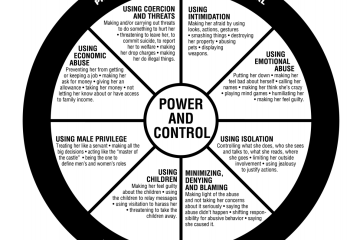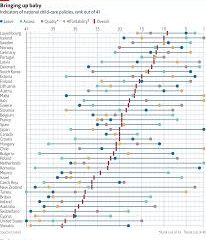The Dangers of Poisonous Spiders: What You Need to Know
Introduction
As the climate changes and urban areas expand, the risk of encounters with poisonous spiders is increasing. Understanding these creatures is crucial for ensuring safety for individuals and families, particularly in areas where spider populations are endemic.
Types of Poisonous Spiders
Globally, there are several notable species of poisonous spiders that can pose serious health risks to humans. Among them, the Latrodectus mactans (Black Widow Spider) and the Loxosceles reclusa (Brown Recluse Spider) are the most infamous in the United States. Black Widow bites can cause severe muscle pain, cramps, and in rare cases, death. The Brown Recluse can cause necrosis of the tissue, leading to long-term health complications if untreated.
Encounters and Prevention
Encounters with poisonous spiders typically occur in secluded or undisturbed areas, such as basements, attics, and gardens. Experts recommend several measures to minimise the risk of bites:
- Keep your living spaces clean and free of clutter.
- Seal cracks and openings in your home.
- Wear gloves and long sleeves when working outdoors or reaching into hidden spaces.
What to Do If Bitten
In the event of a spider bite, it is essential to seek medical attention immediately, especially if it is suspected to be from a poisonous spider. Symptoms like severe pain, difficulty breathing, or swelling should be treated as emergencies. First aid measures such as immobilising the affected area and keeping the person calm can aid in their recovery while awaiting medical help.
Conclusion
The increasing presence of poisonous spiders in both rural and urban settings makes it vital for communities to educate themselves about these creatures. With awareness and preventive measures, the risks associated with poisonous spiders can be significantly reduced. Keeping informed not only protects individuals but also contributes to a safer environment for everyone.









